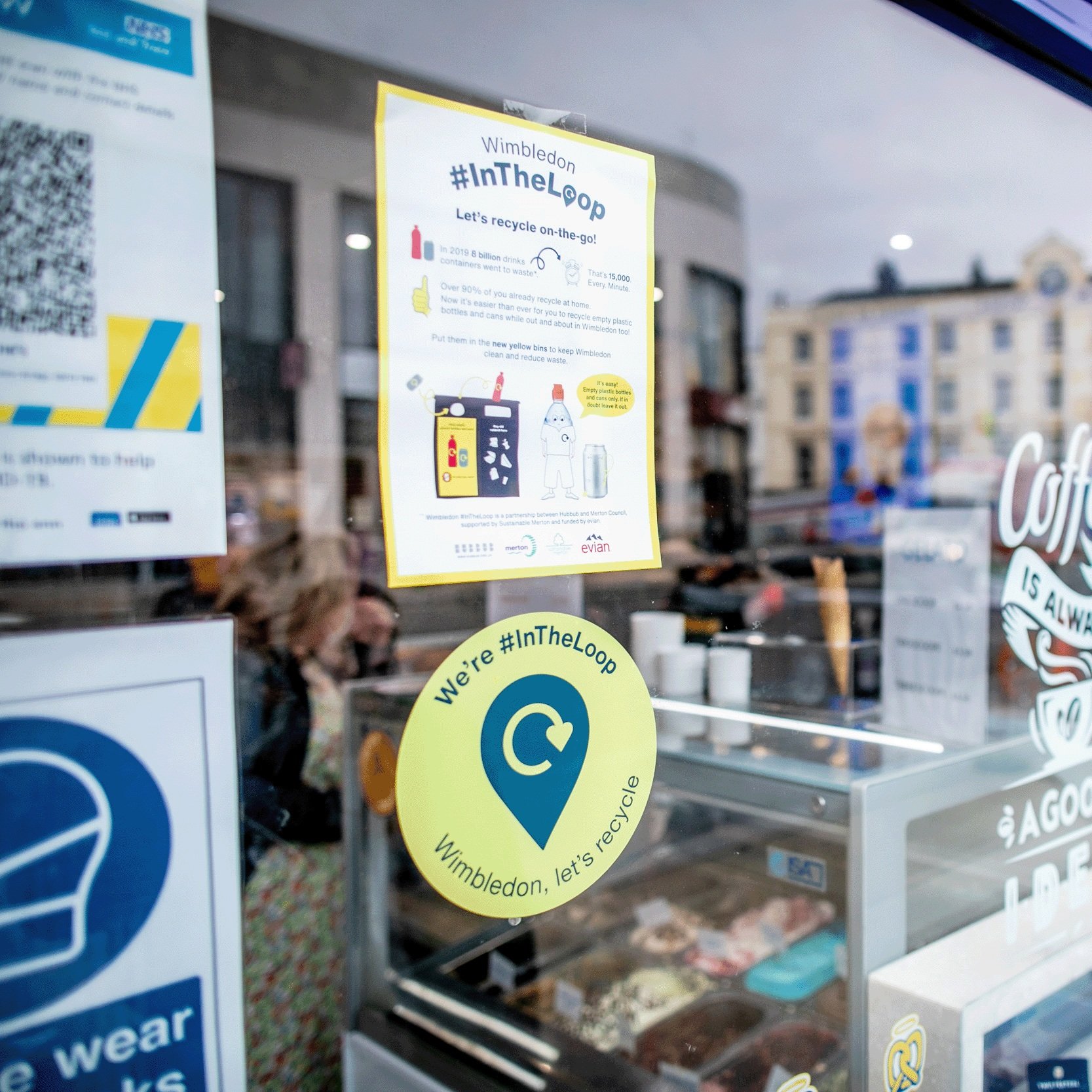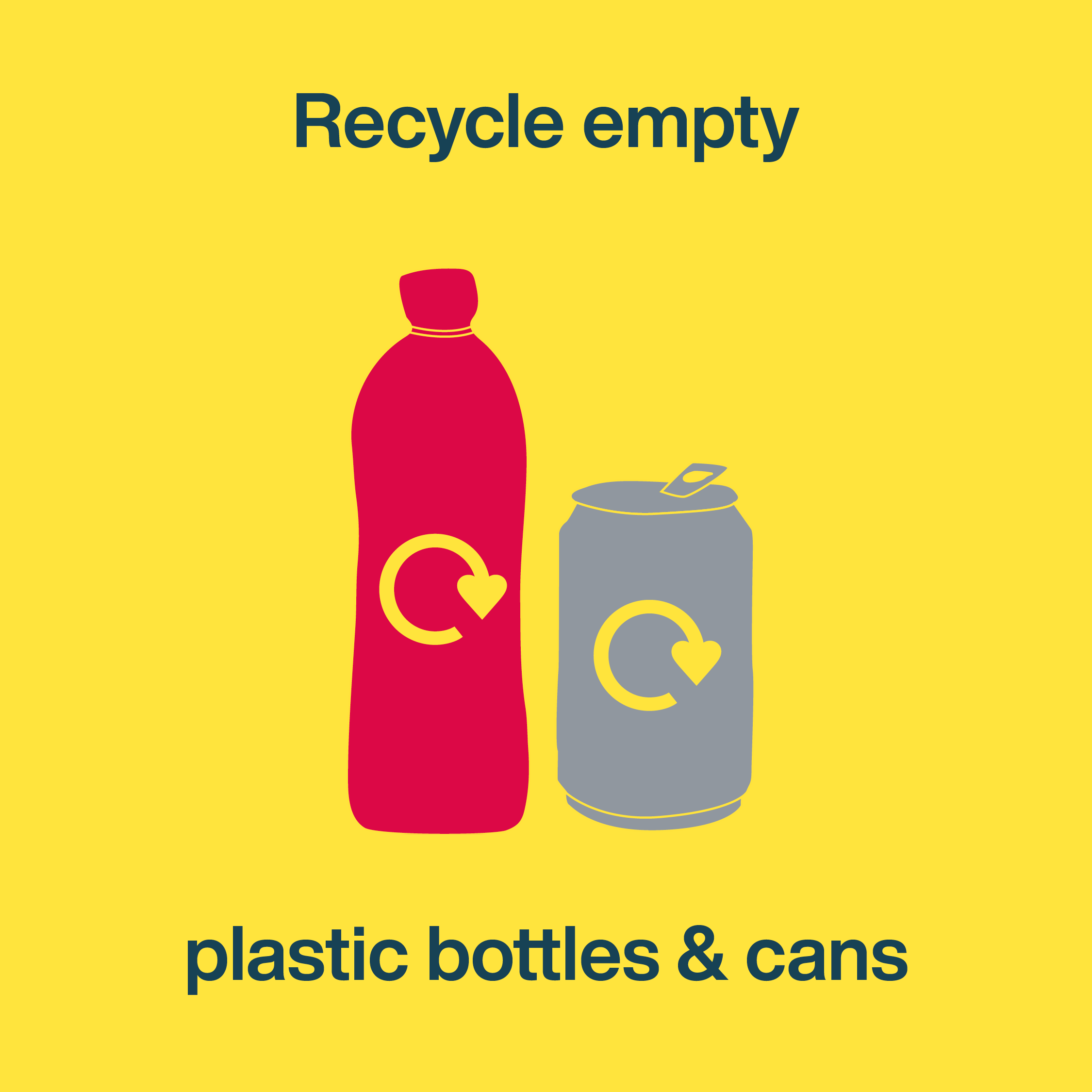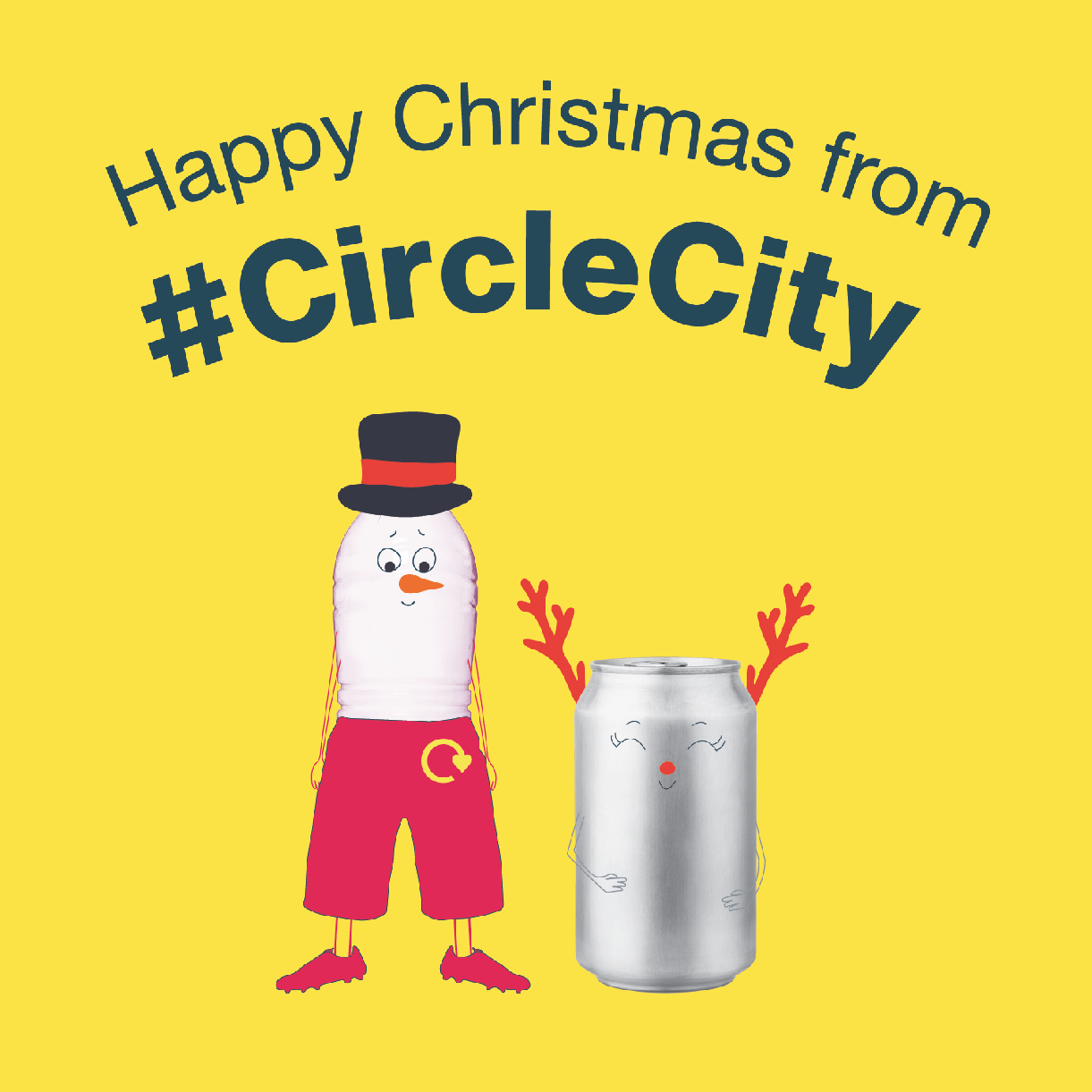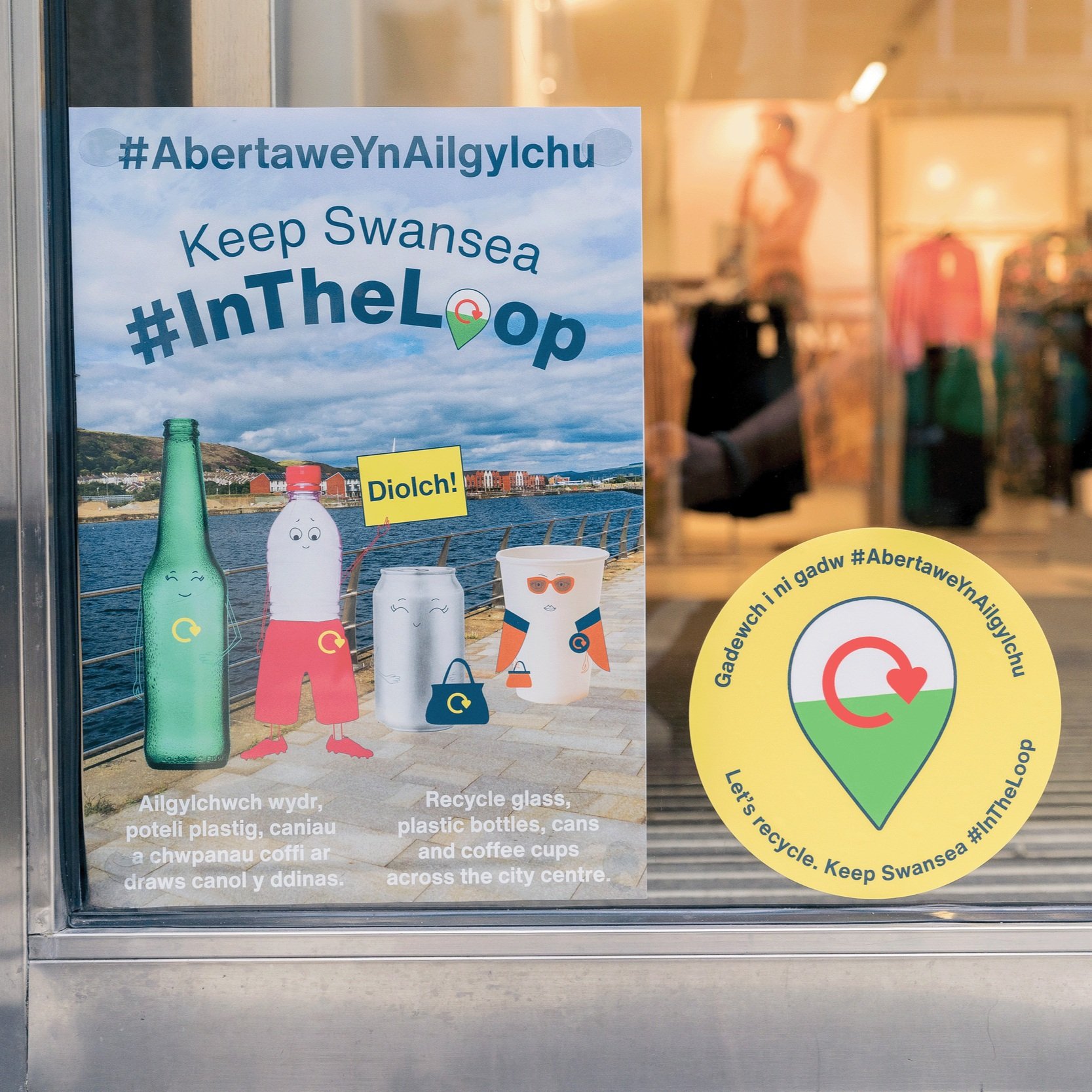How to communicate your campaign
While the bins themselves are your most important tool, there’s lots more you can do to help people understand what they can recycle whilst out and about and motivate them to do the right thing with their waste.
Check out the links to our template resources you adapt and use.










Make it easy and fun
Use everyday language that’s easy to understand and avoid jargon.
Use positive, encouraging messages and give simple instructions, focusing on the correct behaviours you want to see rather than the incorrect behaviours you’re trying to change.
Add in some humour, puns and local slang where it feels appropriate to lighten the mood and grab attention with something a bit different.
Make it visual
Use real-life pictures and videos of your bins being used to visually demonstrate and reinforce the behaviours you want to see. We’ve found that when testing images, these have consistently shown these to be by far the most effective form of imagery.
Consider bringing your comms to life with illustrations and characters to make them more engaging and tell a story.
Make it colourful! Match the brightness of your bins with the brightness of your comms to create a cohesive look and feel for the campaign.
When talking about numbers and figures, use comparisons and infographics to help people visualise the topic with something tangible.
Reach a wide audience by experimenting with different channels of communication to reach a wide audience
Organic social media. Here’s some example posts you can use across Instagram, Facebook, Twitter and Tiktok (link to template)
Use targeted ads on social media to boost the reach of your comms, it’s a very cost-effective way of getting your campaign out there.
On-street advertising like billboards and bus stops in strategic locations can be great for making a visual splash but can be quite expensive.
News and press to gain attention and spread the word further.
Newsletters to reach local audiences such as community groups and housing tenants.
Printed comms such as leaflets to hand out
Events to engage your audience in person and encourage conversation
Installations can grab your audience’s attention and help them to realise and understand the issue. Creating playful public installations has been central to many Hubbub campaigns and whilst often costly, can bring the campaign to life. We’ve had bubble-blowing bins, giant waves and a cube made from cups to name a few. If you’re interested in commissioning an installation we’ve put together a complete guide to environmental installations here. And if you’re interested in replicating an idea, get in touch.
Get others on board to spread the message
Do you have a good social media following that will reach the people you want to? If not, who could you partner with to help get the message out there?
Get relevant local businesses on board such as coffee shops, grocery shops and food outlets. Ask them if they’re happy to put up any printed comms you can provide like posters or point-of-sale cards for shops (find examples here) or share some comms through their existing channels such as social media or newsletter.
Engage any local schools and relevant community groups with any events and activities you’ve planned
Have a look at a sample comms guide. Share something similar with local stakeholders to encourage them to support your campaign
See ‘Who to engage with’ for more advice on this.
